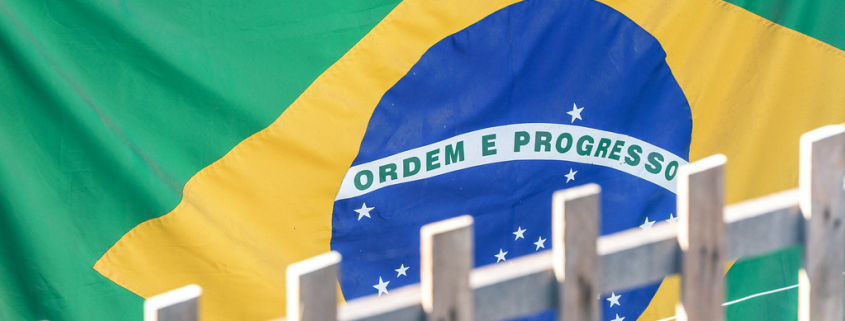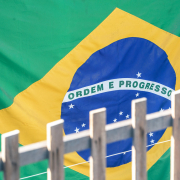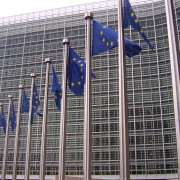On November 27, the Brazilian Ministry of Agriculture published an authorization to register two more unpublished pesticides. In addition, 55 other generics were released.
Of the new products, one is a biological product and the other is considered to be of low toxicity, according to the new classification methodology of the National Health Surveillance Agency (Anvisa).
The biological defensive is the wasp Telenomus podisi and can be used to combat the brown stink bug.
“The brown stink bug is a major pest in the soybean crop, which could only be controlled through chemical options. This wasp leads to a reduction in the population of the pest and increases the number of natural enemies in the field,” explained the coordinator of pesticides of the Ministry of Agriculture, Carlos Venâncio, in a note.
The other new approved pesticide, considered of low toxicity by Anvisa, is a product formulated based on orange peel oil and can be used to combat aphid in small crops such as lettuce. The product has been authorized in the United States and is not registered with the European Union.
Generic products
Among the generic pesticides registered, 12 are biological or organic products that can be used in both organic and traditional agriculture, the government said.
One of the authorized generics is glyphosate , the world’s best-selling pesticide, which is being investigated in other countries for its possible connection with cancer.
In the European Union, Austria and Germany decided to ban the product. In the United States, it has been authorized.
Another active ingredient that had a generic registration in this group was acephate, widely used in Brazil to control the bed bug. Its use is restricted in the country and it can only be applied using machines. The ingredient has been authorized in the United States and banned in the European Union.
There was also the registration of generics of two active ingredients that are being reevaluated at the Brazilian Institute of Environment and Renewable Natural Resources (Ibama) for their possible relationship with bee deaths: the insecticides, imidacloprid and thiamethoxam.
Release pace
With the announcement, there are already 439 products released in Brazil this year, 25 unpublished.
The pace of release remains the fastest in history. As of November last year, the government had registered 374 pesticides.
The total number of registrations this year is close to 449 authorized ones in 2018, the largest number in the historical series so far, which began in 2005.
According to the government, the higher speed in the release of pesticides seen in recent years is due to red tape measures that have been adopted in the queue since 2015.
The goal, according to the ministry, is to approve new, less toxic and more environmentally friendly molecules to replace old products. This is because companies that develop pesticides can only record similar action items if they pose health risks less than or equal to those already available in the market.
Also according to the government, the release of more pesticides also increases competition in the market and lowers the price of pesticides, which lowers the cost of production.
The association representing the pesticide manufacturers, Andef, stated that the queue for the approval of pesticides in Brazil is slower compared to the European Union and the United States.
According to the companies, the development of one unprecedented active ingredient for pesticides takes 10 to 11 years and costs around US$286 million.
Agronomists said it is better to have more products registered than to risk producers using “pirate” pesticides, but warned that the higher the use, the more resistance the pests have to the poison.
For environmentalists, however, accelerating the pace of approvals is a way for the government to put into practice topics of controversial Bill 6,299/2002, which became known as the “poison package”, which is still under discussion at the House of Representatives.
Source: Agropages
Image source: “Brasil” by ruifo is marked with CC BY-NC-SA 2.0.





